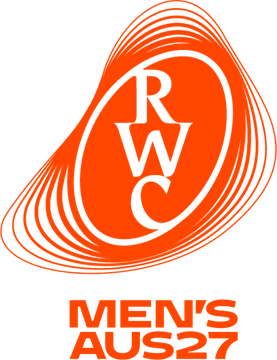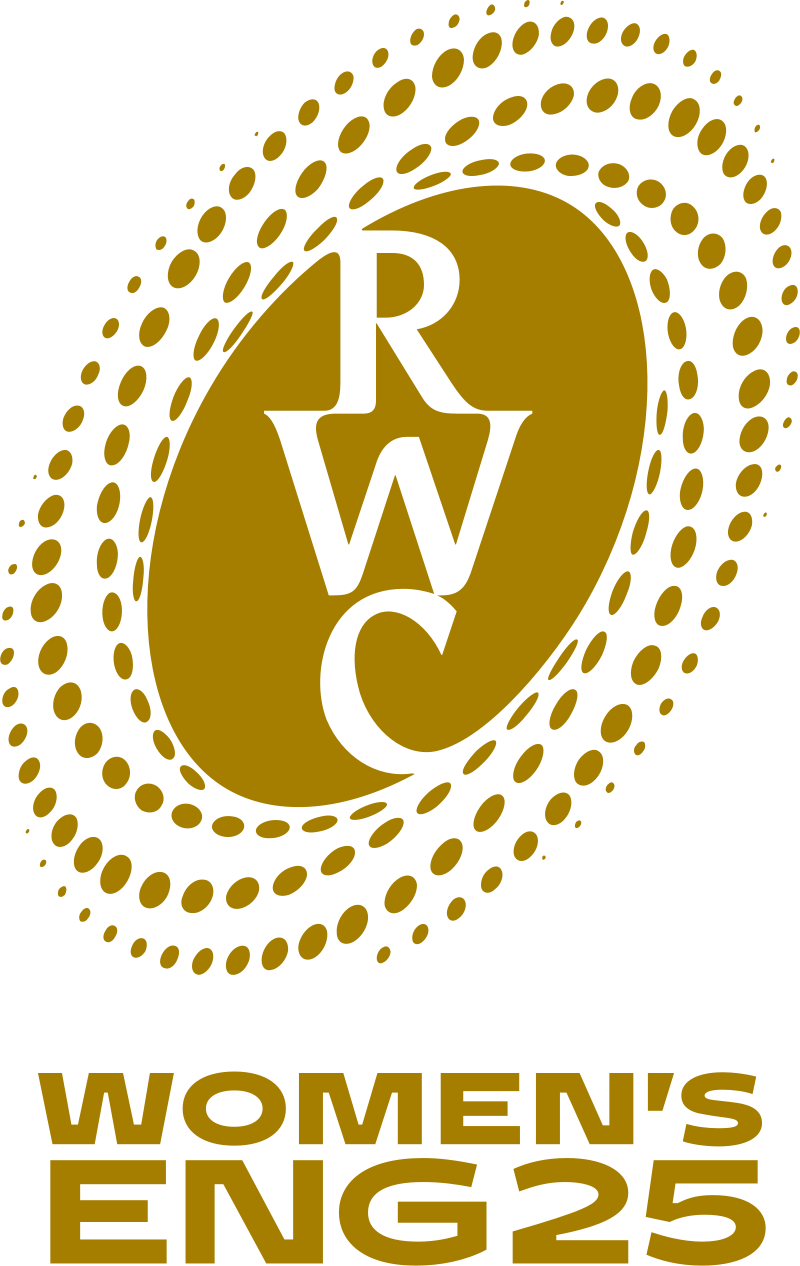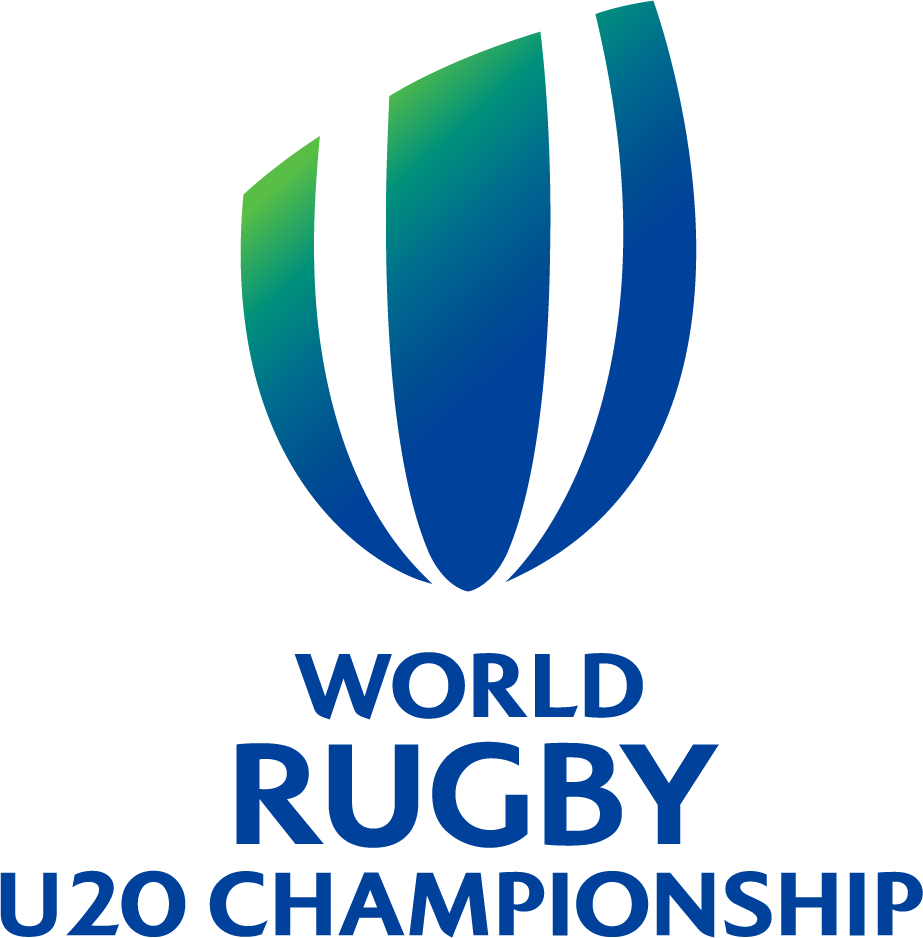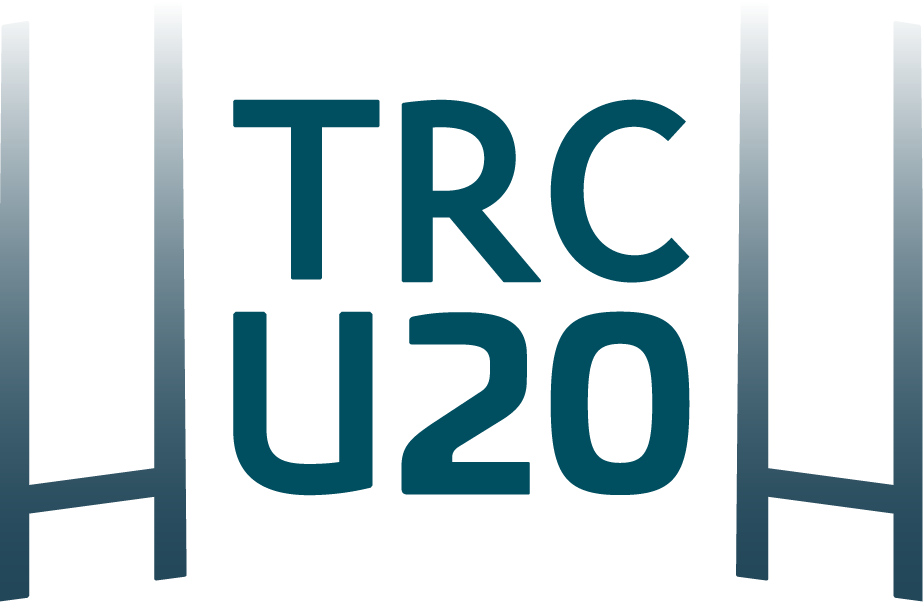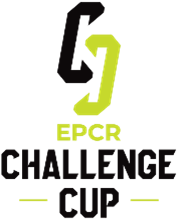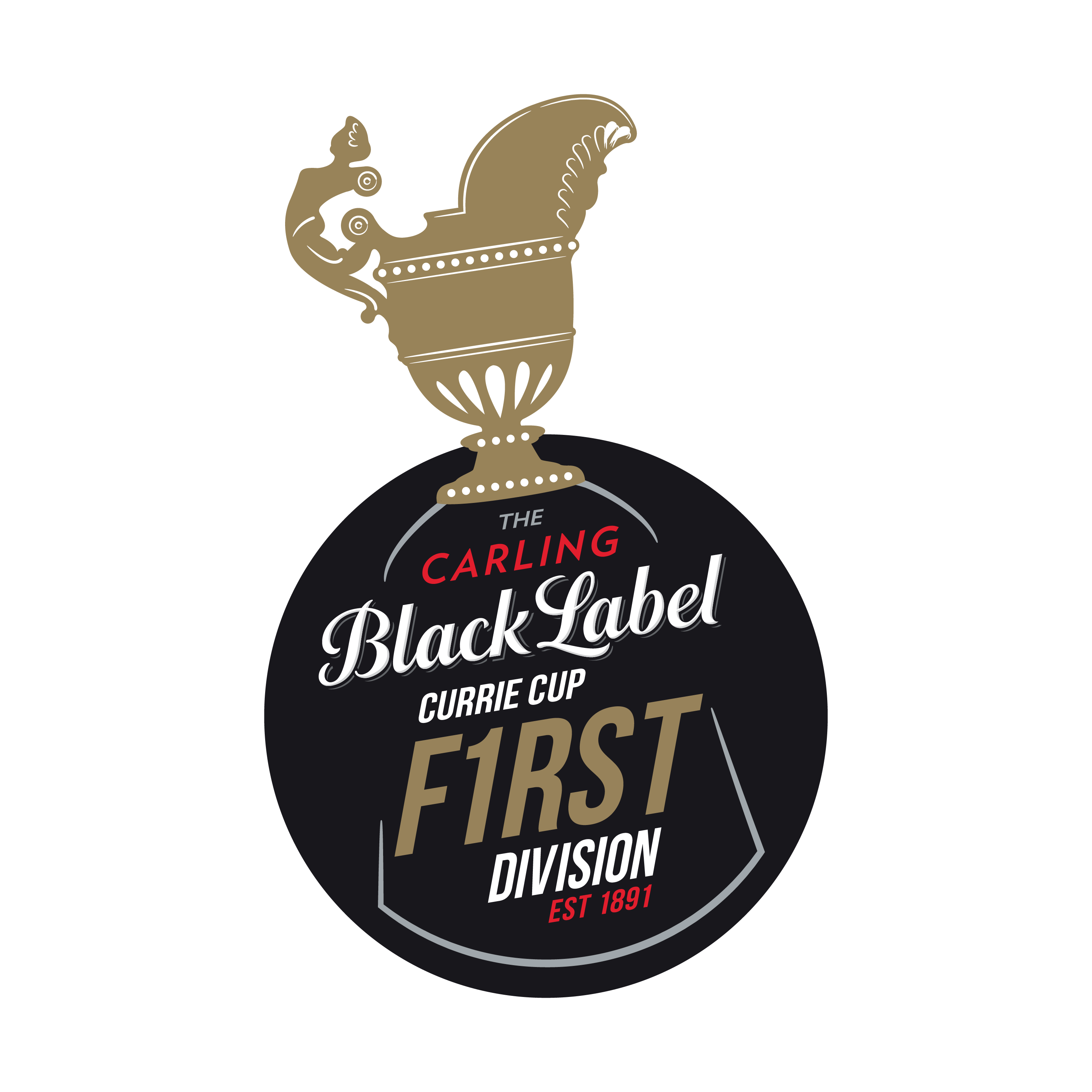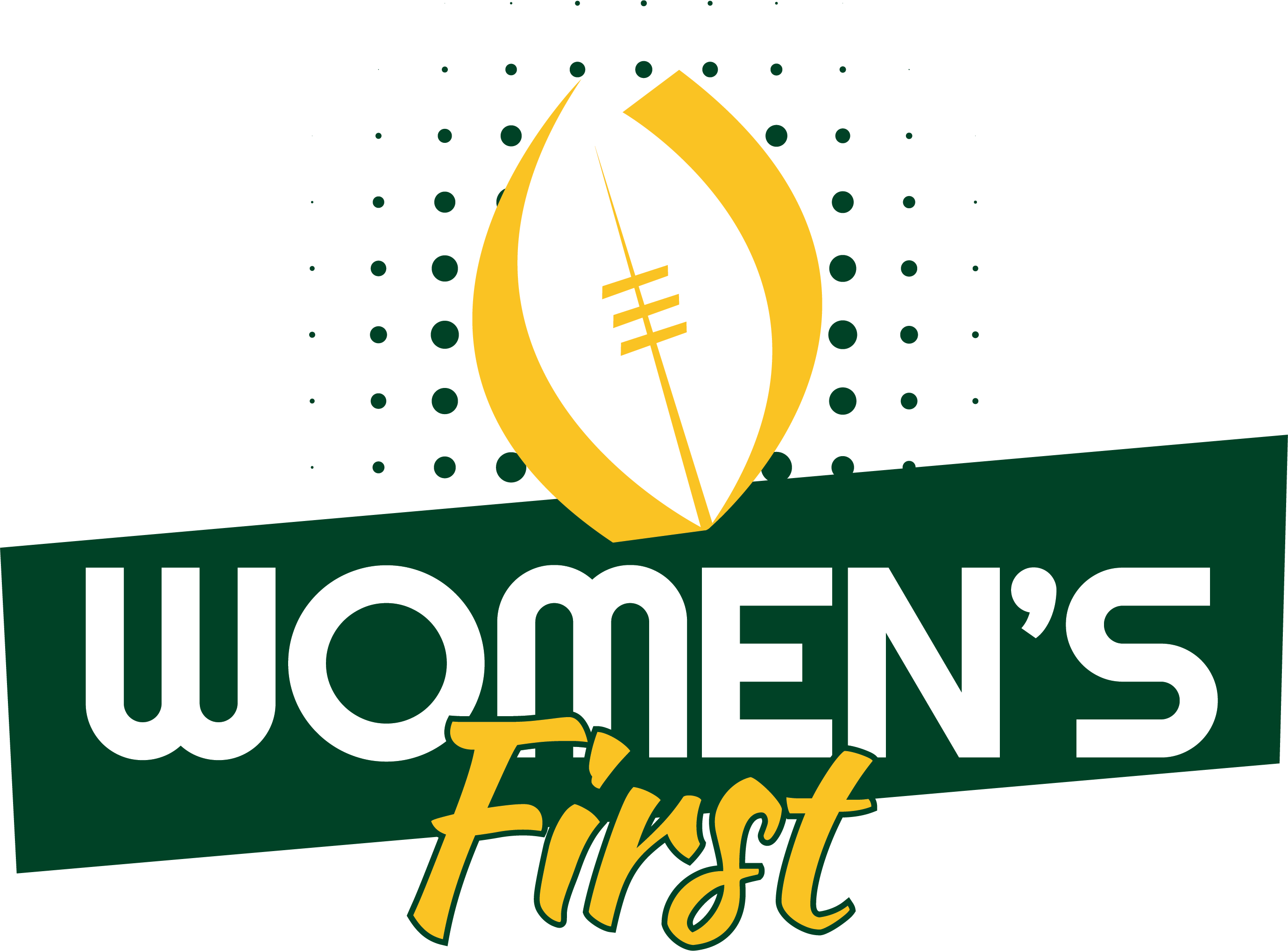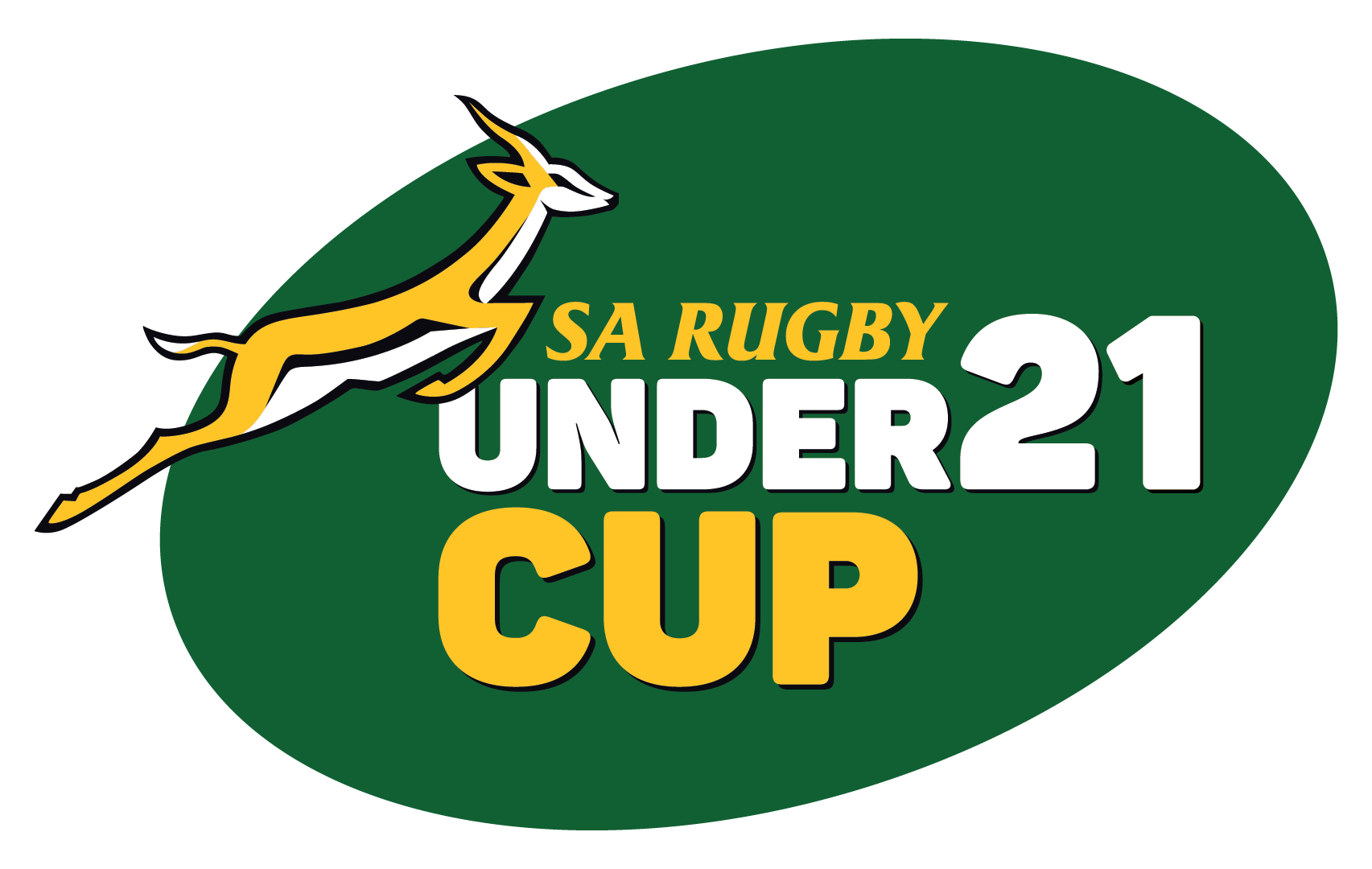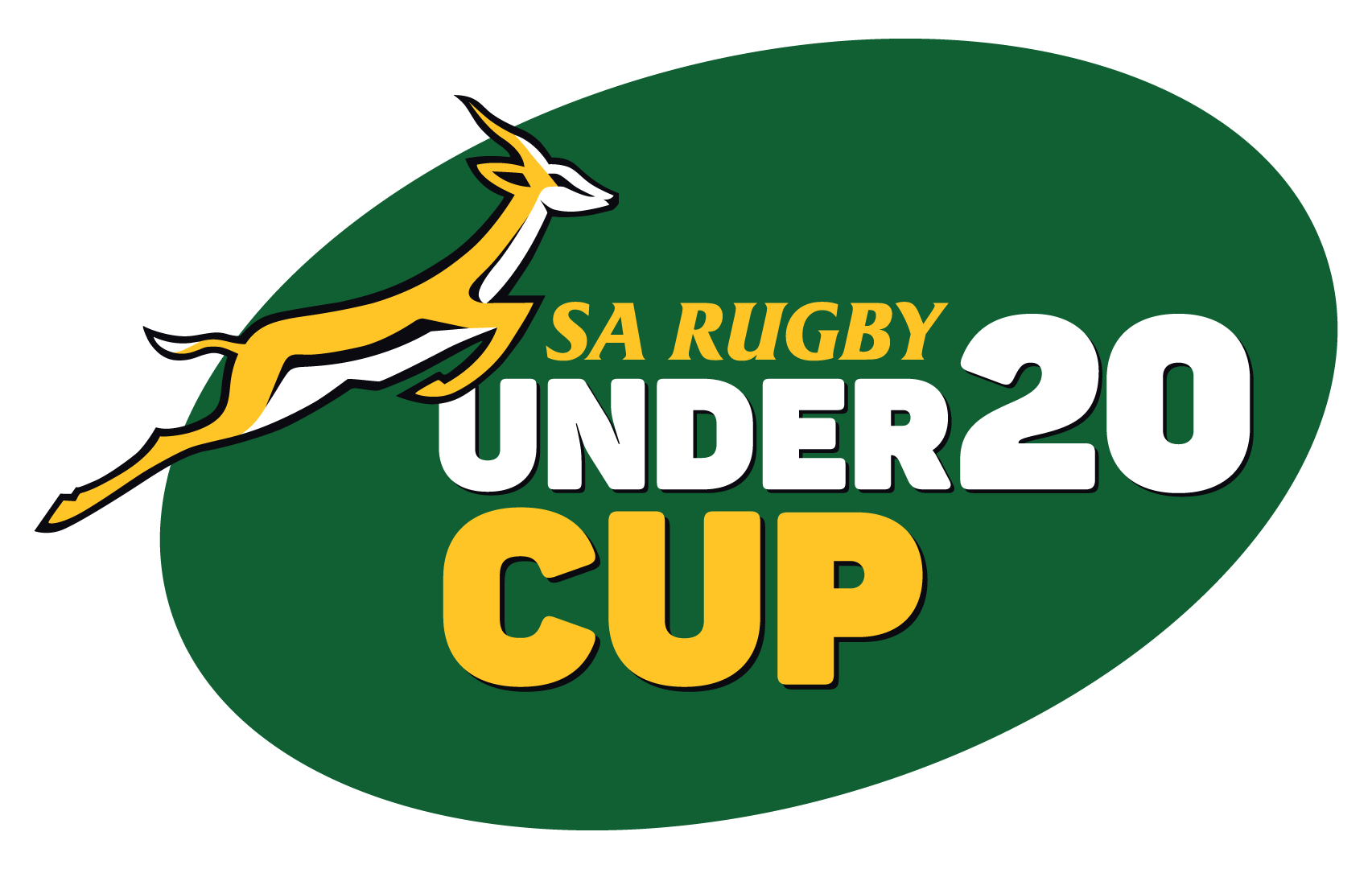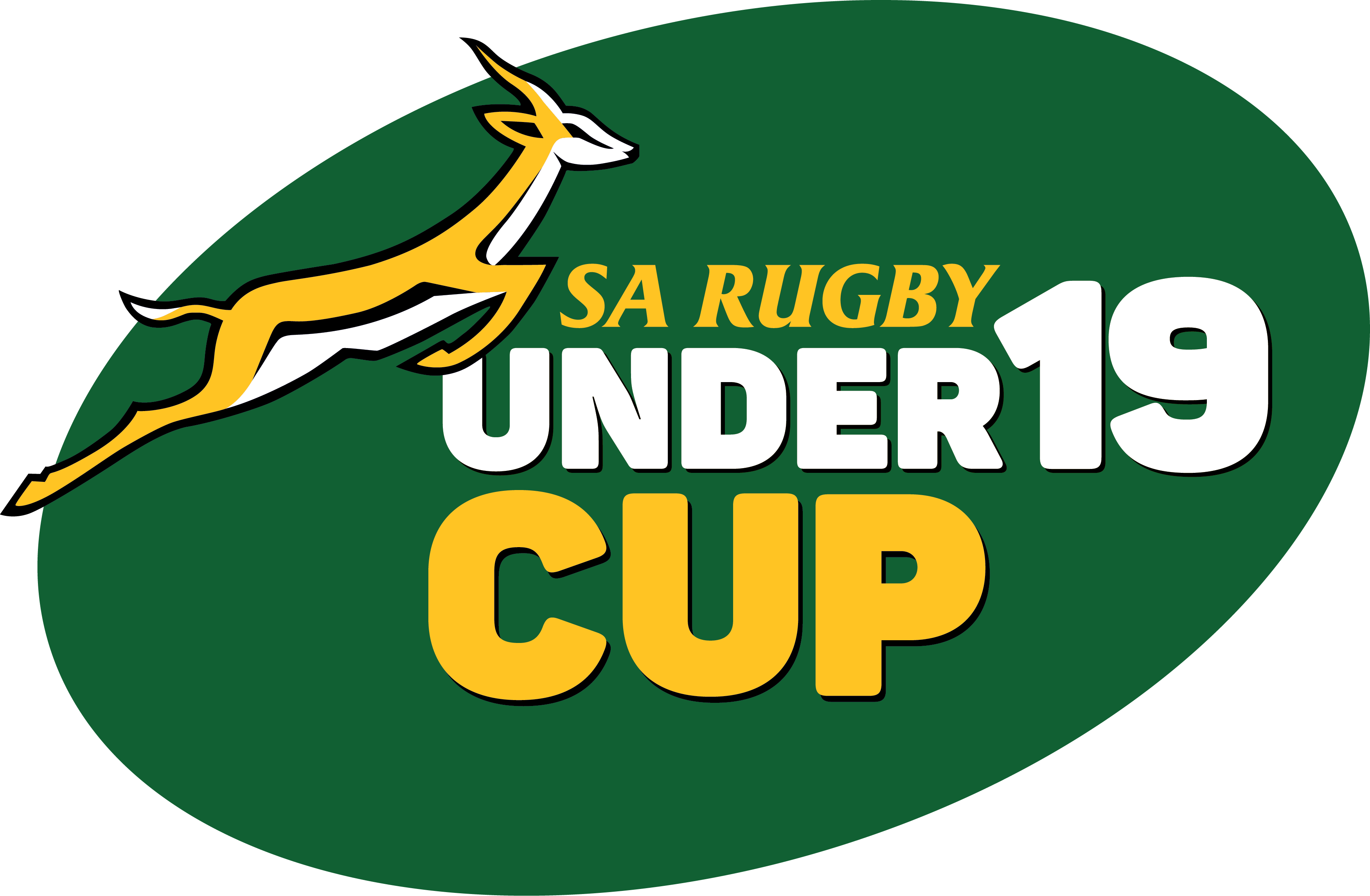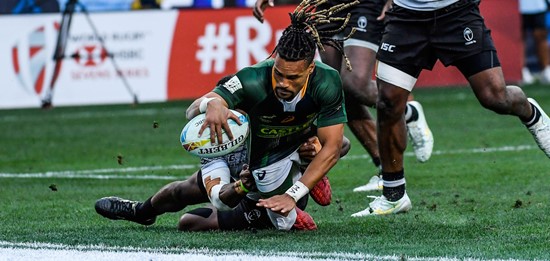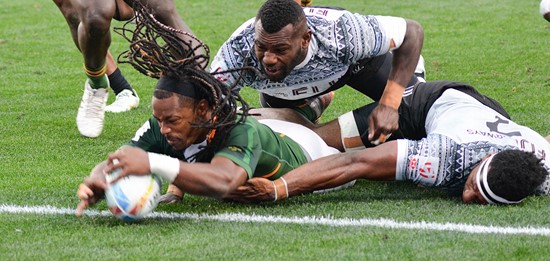Japan 2019 was the first Rugby World Cup to feature the High Tackle Sanction Framework. Born of outcomes from the largest-ever study into concussion cause in rugby, the framework is an evidence-based process designed to aid a reduction in concussion risk by changing player behaviour from high-risk upright to lower-risk bent-at-the-waist tackles.
The Japan 2019 outcomes indicate pomising early signs that the framework approach is effective. The combination of reduced concussion incidence and players adapting behaviour in response to the law application and zero tolerance directive on head contact, proved to be a strong driver of positive change.
View the High Tackle Sanction Framework here >>
Alignment between match officials and the off-field judicial team regarding the framework’s objectives saw yellow card sanctions at RWC 2019 increase by 74 per cent and red cards by 138 per cent versus the 2018 elite competition average. This tough deterrent was a direct contributing factor to a 28 per cent reduction in overall concussion rates (including a 37 per cent reduction in tackle concussion rates) compared to the 2018 elite competition average.
The framework was supported by implementation of the most comprehensive player welfare standards programme ever operated at a rugby event, which included enhanced technology and strict mandatory criteria with which teams had to comply.
Beaumont said: “These hugely encouraging outcomes of this study endorse our unwavering evidence-based commitment to injury prevention, particularly our continued efforts to protect players from concussive events on the rugby field wherever possible.
“The significant reduction in concussion incidence provides compelling evidence of what can be achieved when competition owners, match officials, disciplinary officers, players and coaches fully buy in to the High Tackle Sanction Framework. Failure to do so can have significant player welfare and performance consequences.”
Rugby World Cup 2019 also saw an overall reduction in injury incidence from 90 injuries per 1,000 player hours in 2015 to 83 injuries per 1,000 player hours. Injury replacements per match also reduced from 2.08 per match in 2015 to 1.13 in 2019.
World Rugby Chief Medical Officer Dr Éanna Falvey said: “World Rugby’s role is to provide the best-possible standard of care to our players, driven by an evidence-based approach.
“Rugby World Cup 2019 was the pinnacle of the men’s test game and a major platform to showcase best-practice in our sport. The medical standards implemented at the tournament achieved strong outcomes thanks to the buy-in from teams and medical staff.
“The High Tackle Sanction Framework was introduced this year following compelling research that illustrates that the tackle is responsible for 76 per cent of all concussions, the tackler sustains 72 per cent of all concussions in the tackle and head injury is four times greater risk with high tackles.
“At Japan 2019, and all test matches since implementation in May 2019, we have been looking to protect players by changing culture and getting the tackler lower. These very positive outcomes suggest that teams embraced the challenge, resulting in a reduced injury risk, which is very encouraging.
“We will be presenting these findings at the second annual World Rugby Player Welfare and Laws Symposium and will continue to adopt a collaborative and evidence-based approach to understanding where we can further reduce the risk of concussion in our sport.”
Within a package of current law trials, World Rugby is evaluating a High Tackle Technique Warning environment, which provides further motivation for player and coaching behaviour change by issuing off-field sanctions for poor tackle technique and rewarding positive behaviour change.







